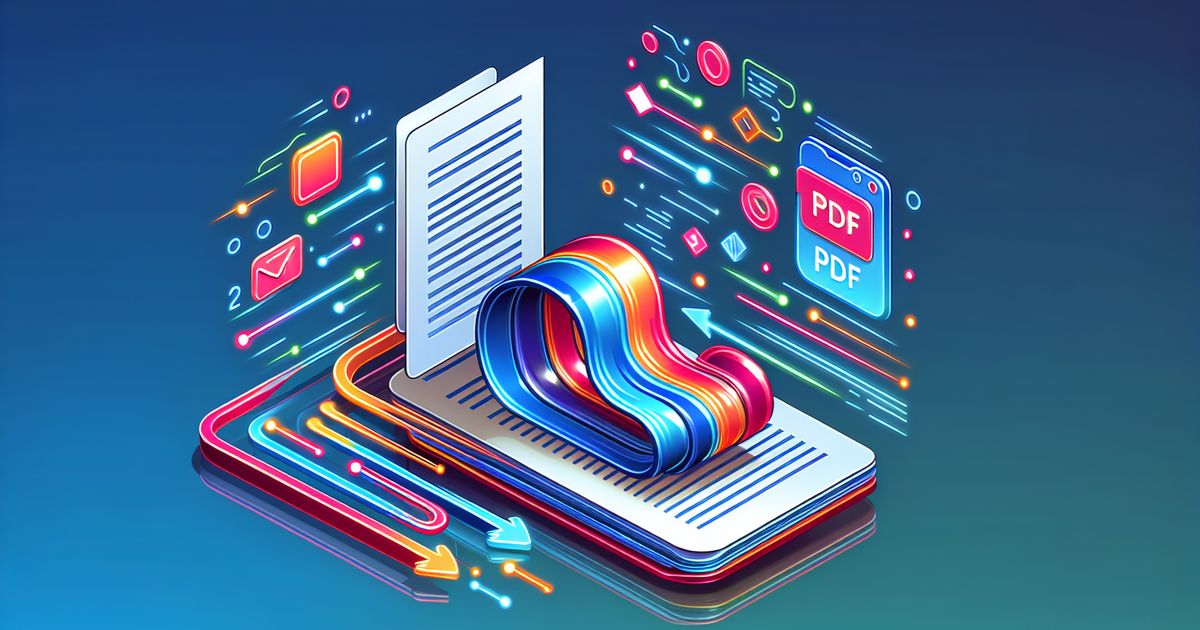
Generating PDF from HTML: A Step-by-Step Guide for Using the HTTP POST Endpoint
If you're looking to easily convert your HTML content into a PDF file, BrewPDF.com has got you covered. With our HTTP POST endpoint, you can generate professional-looking PDFs by simply making a POST request with the HTML string as the request body. In this step-by-step guide, we'll walk you through the process of using the HTTP POST endpoint to generate PDFs from your HTML content.
1. Make sure you have the necessary information
Before we dive into the process, make sure you have the necessary information at hand. You'll need the URL of our HTTP POST endpoint, the HTML string you want to convert into a PDF, and an API key to authenticate your request. If you haven't already, sign up for an account on BrewPDF.com to obtain your API key.
2. Set up the POST request
To generate a PDF from your HTML content, you'll need to make a POST request to our endpoint. Use your preferred programming language or API client to set up the request. Make sure to include the required headers, such as the Content-Type and Authorization headers. Set the Content-Type header to "application/json" and include your API key in the Authorization header.
3. Include the HTML string in the request body
In the request body, include the HTML string that you want to convert into a PDF. Ensure that the HTML is well-formed and structured correctly. You can also include CSS styles and formatting options within the HTML string to customize the appearance of the PDF.
4. Submit the POST request
Once you have set up the POST request and included the HTML string in the request body, submit the request to our endpoint. The server will process the request and generate a PDF file based on the provided HTML content.
5. Receive the response with the download link
After submitting the POST request, you will receive a response from our server. This response will contain a link to download the generated PDF file. You can use this link to obtain the PDF and save it to your desired location.
6. Additional considerations
When using the HTTP POST endpoint to generate PDFs, keep in mind the following considerations:
- Ensure that the HTML string you provide is valid and well-formed to generate accurate and intended results.
- Take advantage of CSS styling options to enhance the appearance of your PDF.
- Keep in mind that the generation process may take a few moments depending on the complexity of the HTML and the server workload.
- Regularly check the response status and handle any errors gracefully to ensure a smooth process.
With the HTTP POST endpoint on BrewPDF.com, generating PDFs from your HTML content has never been easier. Follow this step-by-step guide to start converting your HTML into professional-looking PDFs today. Enjoy the convenience of generating PDFs with just a simple POST request and share your beautifully designed documents with others hassle-free.
How to Convert a Webpage to PDF Using an HTTP GET Request - Step-by-Step Guide Understanding the Difference: HTML to PDF vs. URL to PDF A Step-by-Step Guide to Using the Bookmarklet for Quick URL to PDF Conversion How to Convert an Email to PDF with BrewPDF: Simple Steps and Quick Results HTML to PDF File Size Limits: Maximize Efficiency with 10MB Cap